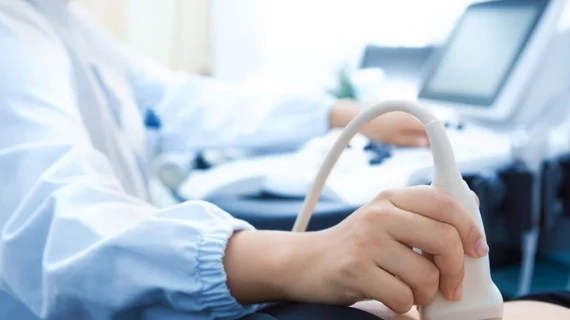Deploying sonographer as quality-control watchdog helps Mayo Clinic drop ultrasound errors by 60%
Taking an ultrasound sonographer off the imaging frontlines to redeploy as a quality-control watchdog has helped the Mayo Clinic drop errors by some 60%.
That’s according to a new analysis out of the Jacksonville, Florida, location of the noted hospital system, published recently in JACR. Moreover, the experiment has helped to lighten the load for busy physicians, without a significant drop in productivity for the institution.
“Over time, radiologists have gained confidence in the [quality control] sonographer’s ability to preview cases and obtain additional images when necessary,” Melanie Caserta, MD, with the Division of Ultrasonography, and colleagues wrote Aug. 6. “This creates less interruption for the radiologists and also improves sonographer workflow by allowing the sonographer to move to their next patient instead of waiting for a radiologist to review the case,” the team added later.
Such professionals are highly skilled technologists, but ultrasound is a user-dependent process when compared to other modalities, the authors noted. Oftentimes, this results in variability in both image quality and radiologist confidence.
To address some of these challenges, Caserta et al. created this new position, tasking a sonographer with previewing each US exam and analyzing scans for quality and protocol adherence. They then conducted three separate audits, with sample sizes of 272 scans apiece, and the QC sonographer grading imaging quality parameters before and after the intervention.
Mayo started with a baseline audit in fall 2015 that tallied 439 imaging issues that required improvement. After adding the new watchdog position, that number dropped to 176 in 2016 and 172 in the final year for the 60% decrease.
The pilot has been so successful that they’ve made the position permanent in their primary outpatient ultrasound center and are considering adding others in the vascular laboratory and inpatient setting.
“Ultimately, our use of a QC sonographer provides better service to patients by obtaining the best possible diagnostic images for their ultrasound examinations,” Caserta and colleagues concluded.
Read more about the program in the Journal of the American College of Radiology here.

